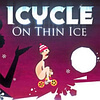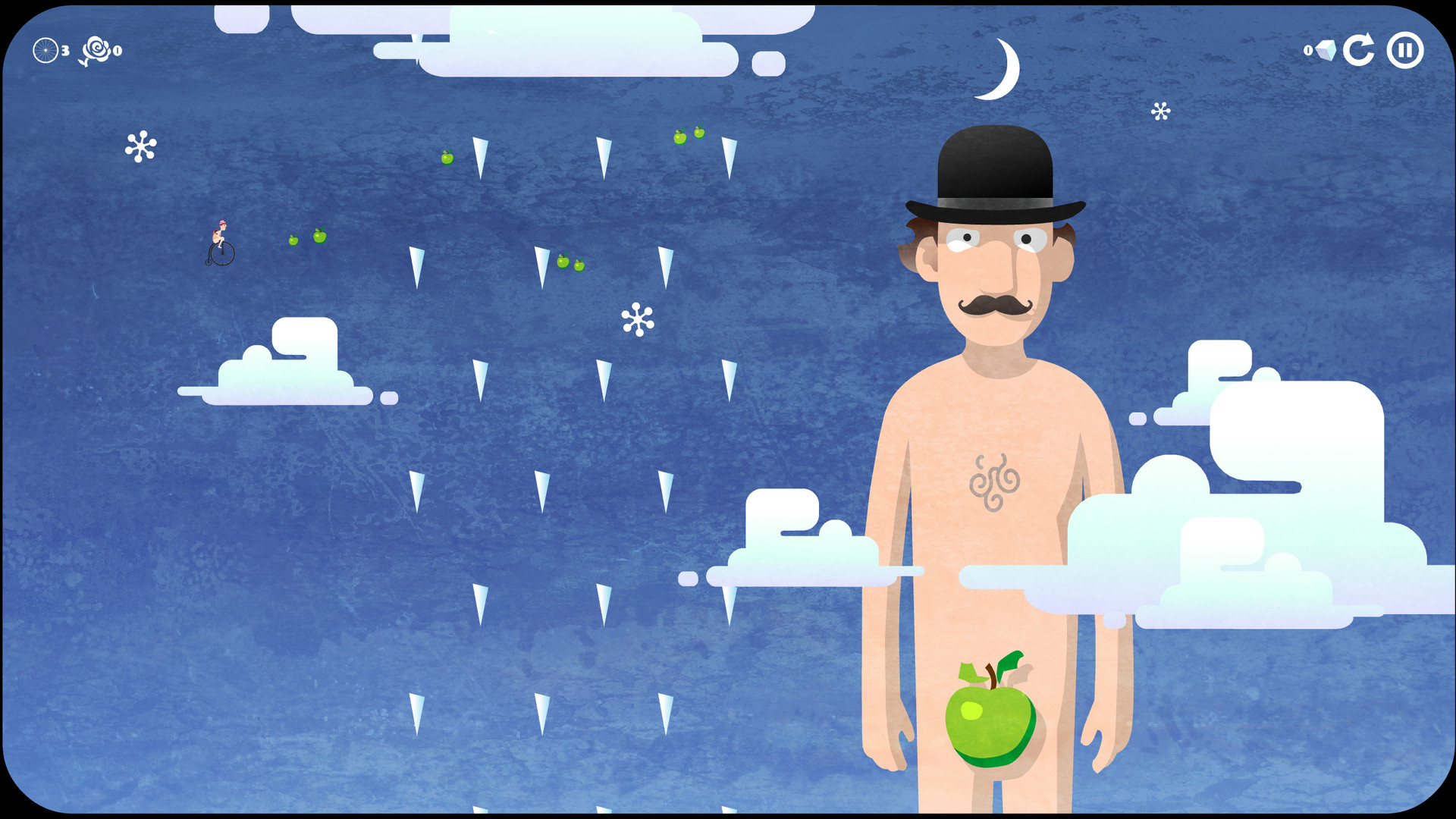


The bomb timer counts down, you just barely make it to the bunker and BOOM! you’re alive, you’re in the bunker, you’re falling, the rocks are crashing down, splintering, falling … pedal! Jump! Jump, now! And now, they sometimes say: a scripted hair-breadth’s-escape sequence. This, the carefully framed screens seem to say, is the composition you are intended to see this is when the zoom level will abruptly shift. Those limitations are a thing of the past the screen transitions in Icycle are, rather, a telling design choice, one product of Millidge’s unfashionable desire to control the player’s aesthetic and dramatic experience. If anything, all these screen transitions bring to mind Myst: this old game, forced to resort to this technique by technological limitations. Each level is made up of multiple screens, but the toughest reflex challenges are often kept back for the later screens, and even though you restart on the screen where you died, the fact that you only have three lives means you’ll be doing a lot of almost-punching your iPad in frustration.
Icycle game trial#
Memorizing the patterns and sequences grants moments of rhythmic bliss, but until then it’s a lot of trial and error. This might be fine, but for the fact that the transitions are unpredictable-it’s not a case of when and only when you get to the right side of the screen-and the fact that many screens front-load the danger and death. You transition abruptly from screen to screen, each of them a little action puzzle in their own right. Make the collisions consistent and predictable.įurthermore, as we roll through this world the screen opts not to. Point being: put spikes and edges anywhere you like-but if you expect me to replay your game over and over, to treat the levels as score attack bait, then these granular decisions matter. Only if he jumps on the spike does he get hurt.

If he rubs up against an innocuous landscape feature, there’s a collision somewhere around the center of the wheel but on the next screen, roll over a spike and he’s fine. Early in the game, a fish falls on our hero’s head and he conks out and has a dream where he’s riding one of those Victorian pennyfarthings (you know, the ones with one huge wheel). An example: the way we physically interact with this world. This is one of those games that asks the player to be more precise and consistent than it is. Four stars per level, four challenges.īut the devil is in the details. You finish a level once and go back to it to collect all the icicles in one run, or finish the level without using the umbrella, or what have you. You pedal, you time your jumps, you float along air currents with your umbrella. Zombies for its level and reward structures. It ostensibly draws inspiration from games like Trials and Noah Sasso’s Victorian BMX for its maneuvers, and from mobile mega-hits like Angry Birds and Plants vs. On the contrary, it’s got everything you’d expect from a traditional action puzzle title: small levels with well-defined goals, collectibles, power-ups, achievements-the works. Which isn’t to say that Icycle isn’t “really” a game.
Icycle game professional#
The kind of mess you might expect given its designer’s background: Reese Millidge is a trained and professional artist and animator as well as-before, in fact-a game designer. A hot mess, but a mess nonetheless, one that will kill you over and over. It’s a charming, idiosyncratic, painstakingly scripted, visually appealing (near-)solo effort.īut it’s also a mess. Icycle: On Thin Ice is an action game about guiding a quaint, odd romantic on a tiny bicycle through surreal and free-associative post-apocalyptic landscapes.


 0 kommentar(er)
0 kommentar(er)
